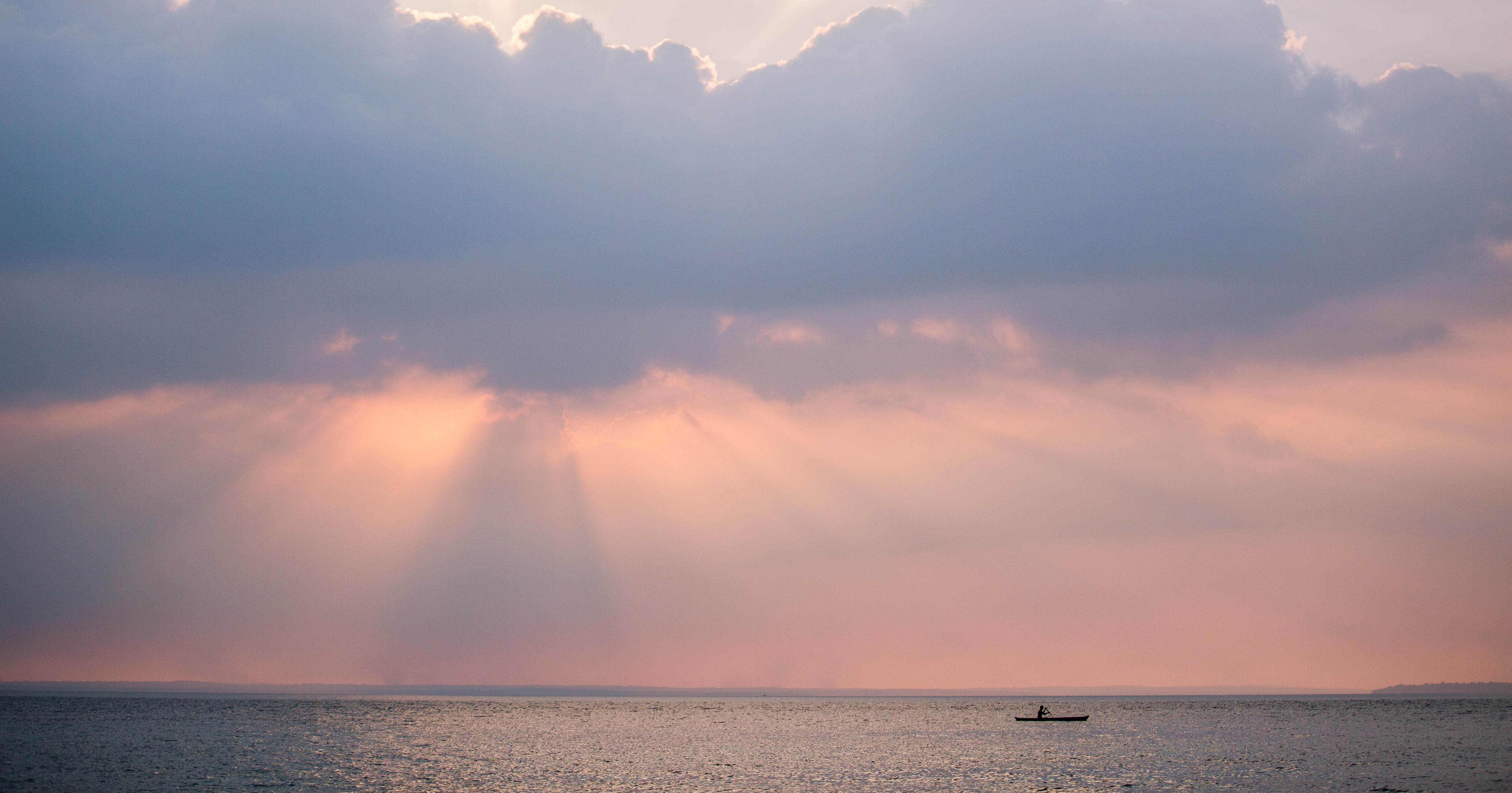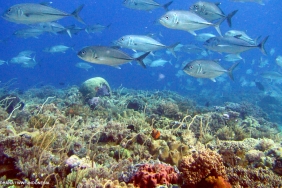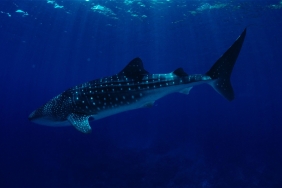VO O IL, WHEN THE NOMADS RETURNED TO THE WERKA KINGDOM AND MAPPED THE CUSTOMARY TERRITORY TOGETHER
By: Rizal (Community Rights Based Management Officer for Inner Banda Arc Subseascpace, WWF-Indonesia)
The Werka Kingdom in Kei Besar District, Southeast Maluku, was in full swing on February 15-17, 2017. The indigenous people of Werka Village had just held Vo o il, a traditional call home ritual that has been practiced for generations. At a certain time, usually every 2-5 years, all Werka indigenous people who are overseas are called to return to their ancestral land, the Kingdom of Werka.
This moment of calling home is also used to go around to see the boundaries of the kingdom's customary territory. The 569-hectare customary petuanan area holds natural potential - both land resources such as tubers, cloves, nutmeg, coconut and sago; as well as marine resources such as fish, lola, sea cucumber, octopus, squid, lobster and crab. Werka Village is led by a village chief, who is customarily subject to the King of Loor Lobay Ohoi Werka.
On this rare occasion, different from the previous Vo o il which only involved the indigenous community, this time the Kingdom of Werka invited WWF-Indonesia to participate. In this call home moment, we facilitated the indigenous community to conduct participatory mapping, which is mapping customary territories and natural resource management areas in the Kingdom of Werka, by directly involving the community.
We arrived in Werka to be welcomed by the King and the Saniri (clan heads) with a betel nut ritual. Before entering the king's house, we were required to step over a lela (an ancient Dutch cannon) to avoid danger. It was at the traditional hall of Werka Village that we introduced the participatory mapping method that refers to the Participatory Mapping Guidance Series No. 8 - Mapping with GPS made by the Participatory Mapping Working Network (JKPP).
After introducing the mapping method and forming the mapping team, participatory mapping began by taking coordinates of historical sites in Werka Kingdom. At this stage, the team is not allowed to wear gold jewelry and red clothes, and it is believed that anyone who violates the taboo will go crazy.
On the first day, there were four historical sites that we took data from, namely the old village of the Jomca and Jamlain clans, siran (the traditional meeting place of all clans in the past), the old village of the Reneuth and Renleuw clans, and the tomb of the first Werka King.
The second day, we took data on the boundaries of the Werka customary territory by involving the entire community. Starting by placing offerings of betel nut and coins at the woma (village center), we went around Werka led by the king. We managed to collect data at 15 points within a distance of 10 km. These points were with large stones, springs, and ancestral graves.
On the last day, we took coordinate data at the boundary of the Werka Kingdom sea petuanan. A local wisdom of Werka that deserves thumbs up is their commitment in preserving their marine resources.
The Kingdom of Werka enforces a system of Yot or Sasi, which prohibits the taking of resources within a certain period of time with an open and close system of marine areas. Yot is characterized by the presence of Hawear made of coconut leaves. The opening and closing of Yot is always done with a traditional hearing and ceremony.
All data captured in this participatory mapping will be visualized in the form of maps, complete with legends for each customary site and public facility of the kingdom and village. It is this map that will be used to register Werka's customary territorial wealth with the Customary Territory Registration Agency (BRWA), and form the basis for the drafting of Village Regulations related to marine and mangrove resource management in this Kei tribal kingdom of nearly 400 inhabitants - Werka.





